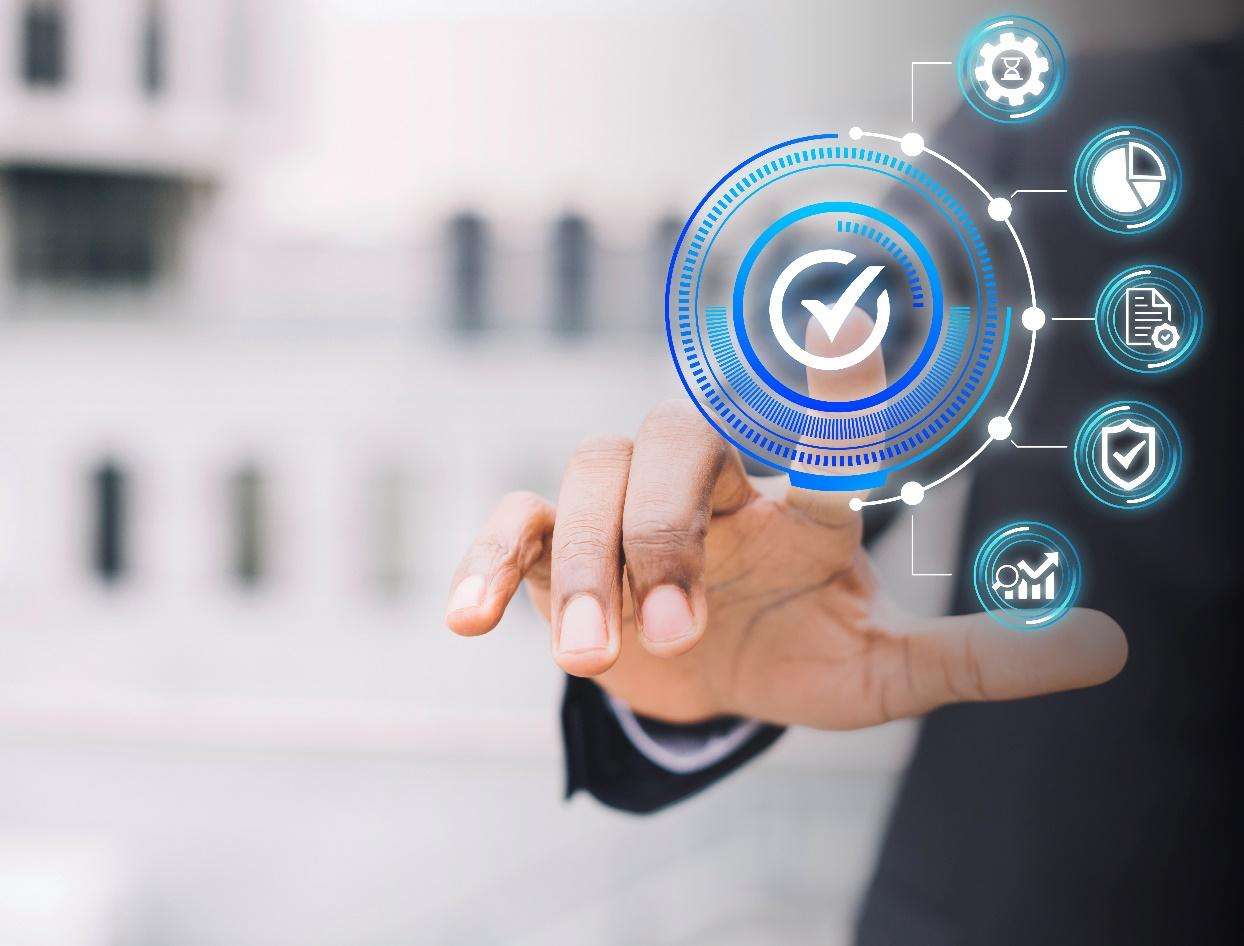Retail’s impact on the U.S. economy is significant. It makes up approximately 6% of the annual gross domestic product (GDP). Unfortunately, it’s also one sector that experiences a great deal of theft.
Shoplifting is among the ways large retail stores lose revenue. Not only that but constant thefts and the lack of loss prevention methods reduce customer retention. Methods must be put in place to minimize risks and maintain operations.
Here are 6 ways to improve the security of large retail stores.
1. Video Surveillance
A video surveillance system is an effective method to enhance store security. It provides a sense of safety to shoppers and minimizes the chance of shoplifting. The reason is criminals second-guess themselves when they see cameras placed in every corner.
This system works in real-time and for future investigations. With the former, security officers monitor video feeds and are alerted to unusual activity. With the latter, the cameras provide owners with evidence to prove a theft occurred.
2. Updated Control Rooms
Active security only happens when loss prevention officers have the means to monitor unusual activity. If their control room is outdated or cramped, then the opportunity for scrutiny is taken. Fix this by updating the control room.
Utilize modern security control room consoles that have various means of investigating a potential theft. Companies near you or across the country, like Constant Technologies, audit your present setup and determine the appropriate means to monitor the large retail space. Furthermore, they help train employees on the equipment so they can quickly go live.
3. Loss Prevention Training
Loss prevention isn’t only the concern of management and security officers. It also relates to salespeople, stockers, and other people on the retail floor. Everyone needs training in loss prevention to maintain a solid path of productivity and revenue.
The education goes beyond shoplifting. How to tell if money is counterfeit is another item discussed in loss prevention training. So are credit card fraud and other means of identity theft. All staff members need to be aware of these scenarios to detect and address them.
4. Electronic Article Surveillance
Electronic Article Surveillance (EAS) is an anti-shoplifting method common across many large retail stores. Tags of various sizes are attached to clothing, electronics, and other merchandise. The tags must be removed by a salesperson before leaving the store. If not, an alarm sounds to alert loss prevention officers.
Some EAS tags go even further. They contain a non-washable dye. If a shoplifter manages to get the item out of the store and tries to remove the tag the dye packet explodes. In turn, the culprit is tagged with paint in a bold color like blue or green. As a result, law enforcement officials have an easier way to find them.
5. Thorough Background Checks
The retail sector is suffering due to the lack of available workers. This has resulted in the quick hiring of new people. Unfortunately, recruiters have foregone background checks to put people behind registers. The result is an increase in shoplifting and other theft.
Retailers can’t leave this process out. There’s too much at stake when the wrong person is hired. Not only do your losses increase but you also lose the confidence of clients and other employees. Make sure thorough background checks are performed on each candidate before they are hired.
6. Monitored Alarms
Cloud technology and the internet of things (IoT) have helped to make alarm systems considerably better. This is done through monitored alarms. It now goes beyond the scope of security companies.
Today, alarms are monitored through smartphone apps. When they detect an open or broken door or window, they sound an alert in the store. Additionally, owners and loss prevention officers are alerted by a mobile device. Plus, information is sent to a monitoring center. The result is quicker apprehension of a criminal.
The 6 ways mentioned are a small part of what large retail stores can do to improve security. In the end, the technology you implement isn’t the best way to make your space safer. It requires education and the assistance of other employees to reduce loss. The prouder they are of their workplace the more they’ll do to maintain its security.









